Are There Any Similarities Between the Two Shootings?
Have you heard of the retired Texas news photographer Harry Cabluck, who’s one of the few people present at President John F. Kennedy’s motorcade back on November 22, 1963?
He is still alive, and on Saturday, he watched on television the coverage of Donald Trump’s assassination attempt. Believe it or not, his mind didn’t immediately wander back to the dark days in Dallas years before.
Instead, in one of his most recent interviews, Cabluck expressed his amazement at the intensity and poise of the photojournalists whose job was to quickly capture the up-close still images and videos.
These would forever stand as evidence of the fear and confusion that lingered around the stage in Butler, Philadelphia, in real-time and for many generations to come.
According to Cabluck, who is now 86 years old and lives in Austin, he didn’t even flinch. I think it’s worth mentioning that he is not talking about Donald Trump, but the Associated Press photographer Evan Vucci. “While everyone else got down, he ran to one side and shot pictures.
He knew that the escape route from the podium was on the other side, so he ran to the other side and got between Trump and the limousine. A pool photographer doing his job.”
Vucci and many other photographers from Reuters and other well-known news outlets were vigilant enough to get photographs of the instant reaction Trump had to being wounded and the frantic efforts by the Secret Service agents to protect him.

There weren’t any opportunities in the moving Kennedy motorcade, according to Cabluck, who was a young photographer working at the time for his hometown newspaper, the Fort Worth Star-Telegram, when he was assigned to cover the presidential visit.
Just like other journalists who were present in the motorcade that rolled through downtown Dallas during the autumn day’s lunch hour, Cabluck was also riding in the press, but many other cars behind the now-iconic, top-down Lincoln Continental carry the president and his first lady along with then-Texas Governor John Connally and his wife.
Even if Connally was severely wounded, he survived. The only images Cabluck was able to capture from the press bus showed the scramble at the infamous grassy knoll close to the assassination site.
Instead of following the Lincoln to Parkland Memorial Hospital, where the 35th president would be pronounced dead from a gunshot wound, the press bus continued its planned destination, the Dallas Trade Mart, where Kennedy was supposed to give a speech.
Cabluck, who spent the wide majority of his career with Associated Press, was fully aware that Trade Mart wasn’t where the story was. So he and a Star-Telegram reporter had to improvise.
“I remember running on Stemmons Freeway and flagging down a woman driving a car who said, ‘Drive us to the nearest hospital. And she drove us to Parkland, where the action really was.”
Are there any similarities?
There are a couple of similarities to the shooting at Trump’s event, which left one rallygoer dead and others wounded. Trump’s shooter was a 20-year-old known as Thomas Matthew Crooks of Bethel Park, PA, who had a high-ground vantage point very similar to that of Lee Harvey Oswald when he shot Kennedy in Dallas, almost 62 years ago.
Both attackers were perched high above their targets and apparently didn’t attract Secret Service suspicion, even if reports show that Trump’s shooter was aiming from a distance twice as far as Oswald, who in the sixth-floor window of the Texas School Book Depository was around 90 yards from Kennedy’s moving limousine.
And since Trump was speaking on stage, Secret Service agents were capable to rapidly shielding him after he ducked to the ground after being wounded. Kennedy didn’t have this type of protection when the first shot rang out, which left his assassin a clear view to fire the mortal round.
However, in both shootings, eye-witnesses told authorities they had seen the gunman in a certain position on the roof of a building in the vicinity, even if law enforcement had not.
In a late-night news briefing Saturday, Lt. Col. George Bivens of the Pennsylvania State Police declared that law enforcement was following up on a “series of suspicious occurrences.”
Among them were also accounts from witnesses who said they tried to flag police about the activity of a person outside the rally moments before the shooting.
Another Dallas witness to the Kennedy assassination, steamfitter Howard Brennan, declared that he had been sitting on a concrete wall waiting for the motorcade around 120 feet from the School Book Depository and that he’d seen a man in the sixth-floor window before the shooting.
He also described the first blast as sounding just like a “firecracker”, as many of those at the Trump rally would later tell the reporters.
As Brennan recalled, “Right after this explosion, something made me think it was a firecracker being thrown from the Texas Book Store. And I glanced up, and this man that I saw previously was trying to aim for his last shot.”
He then added that the man was standing up and resting against the left window sill, with gun shouldered to his right shoulder, holding the gun in his left hand and taking positive aim to fire his last shot.
Then, he drew the gun back from the window as if he was drawing it back to his side and paused for another second to assure himself that he hit his mark, and then he vanished.
The scramble and confusion that followed after the Dallas shooting were quite in contrast to the swift action at the Trump rally, according to Cabluck, where agents rapidly shot and killed the suspect, only a couple of days before the Republican National Convention in Milwaukee.
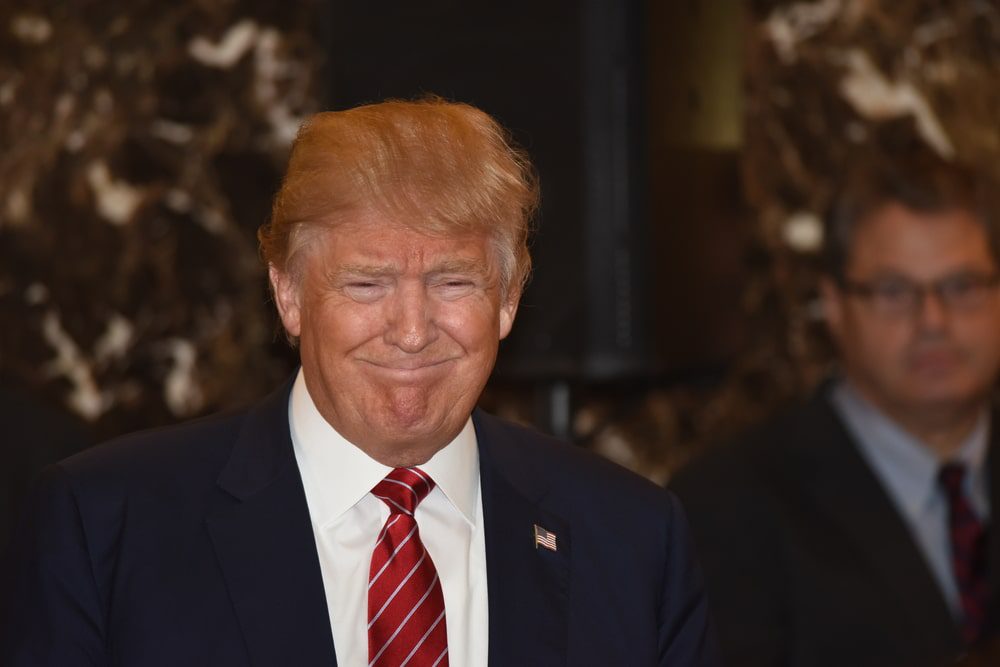
Historic echoes and political violence
The sound of gunfire and the sight of a political leader hit by a bullet revived very painful memories of the US’ past political violence. The attack also marked the end of a 43-year of relative safety for United States presidents and presidential candidates, harking all the way back to the assassination of John F. Kennedy in 1963 and another attempt on Ronald Reagan’s life in 1981.
The targeting of former Republican president Donald Trump during his presidential campaign led to multiple comparisons to the 1968 assassination of Democratic candidate Robert F. Kennedy.
What are the implications for the upcoming presidential election?
The attempted assassination adds an interesting element of uncertainty to an already very “unpredictable” election. First, Trump’s image as a resilient fighter (now even more emphasized) could increase his popularity among his supporters, and even influence the Republican National Convention in Milwaukee and the broader election campaign.
It goes without saying that calls for further investigations into the security break at the most recent rally have already started, with plenty of implications for future presidential and campaign events.
For now, the political discourse surrounding this incident could prompt reflection on the intensity of political rhetoric and its potential consequences in a country where firearms are, after all, very accessible.
Former Republican Gabrielle Giffords also responded with a statement, explaining how “political violence is terrible. I know. I’m holding former President Trump and all the people affected by this act of violence in my heart.”
Here’s a great book about the crime of the last century.
If you found this article interesting, we also recommend checking out: Republican US Senator Rick Scott Announces Run for Senate Leader After Mc Connell Retires



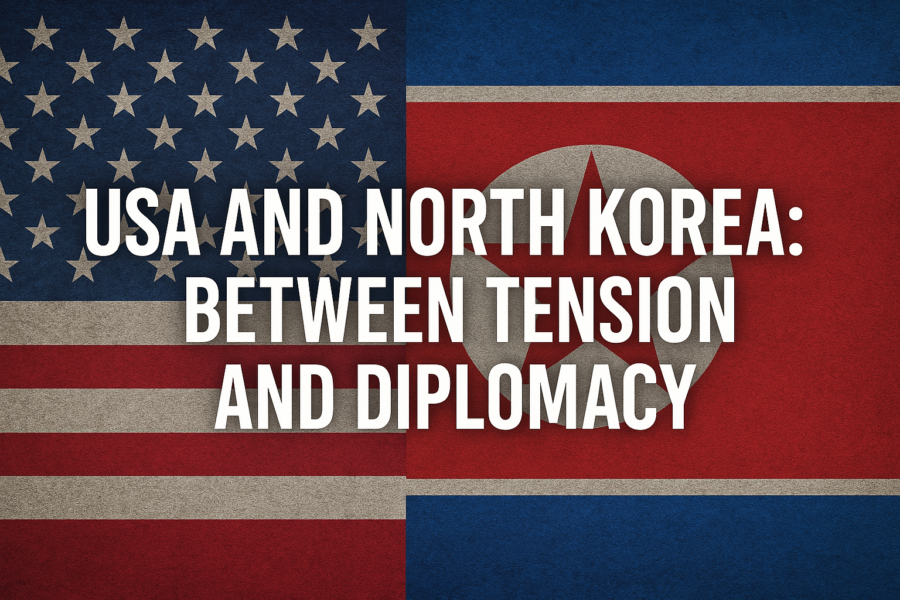
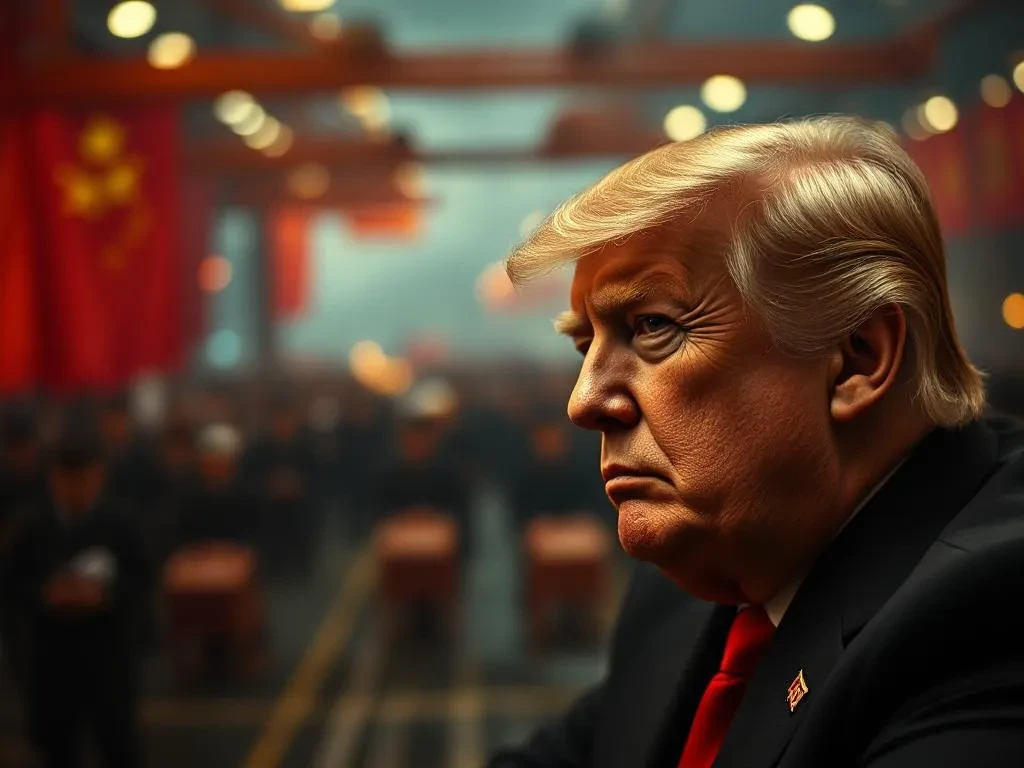
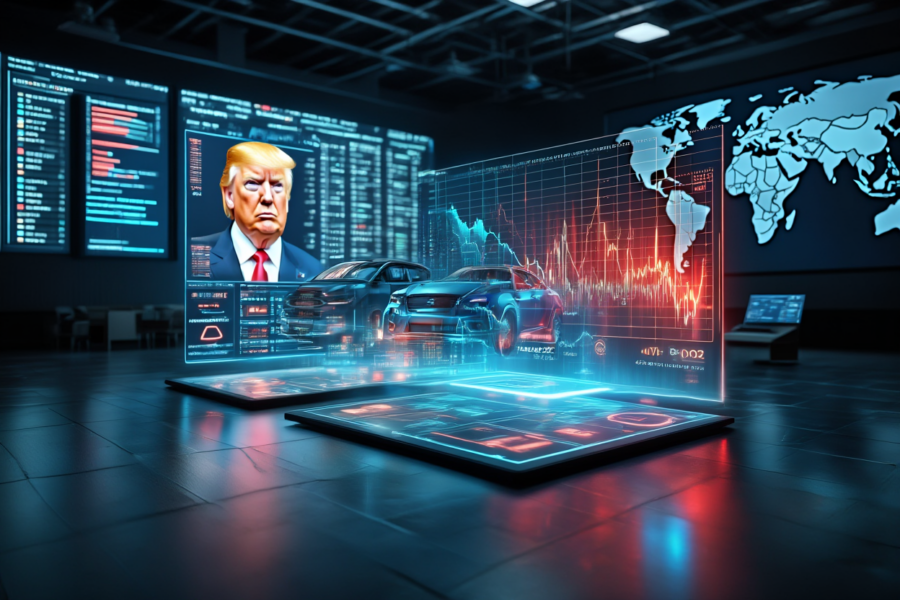
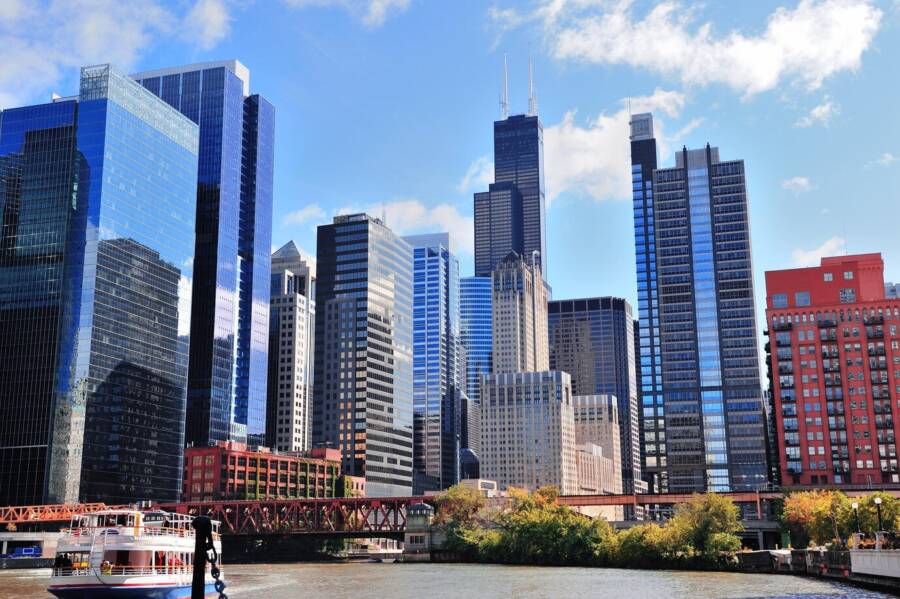
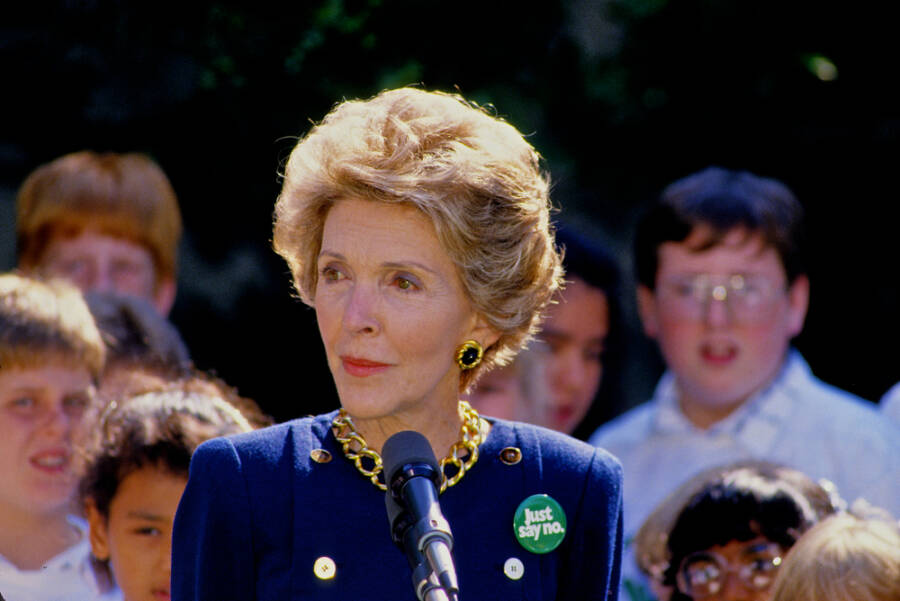
One Response
My take on this is that Crooks and Oswald were lost souls that wanted to go out in a blaze of glory, or infamy, whatever it took. I was watching live TV when I saw Oswald’s smug expression in the seconds before he was himself killed. And I was relieved that Crooks was found to be a registered Republican, which thereby defused any meaningless political drivel from the conservative talking heads. Crooks had to know he might not survive any outcome. I believe that President Biden could have been targeted just as Trump was if the opportunity had presented itself.